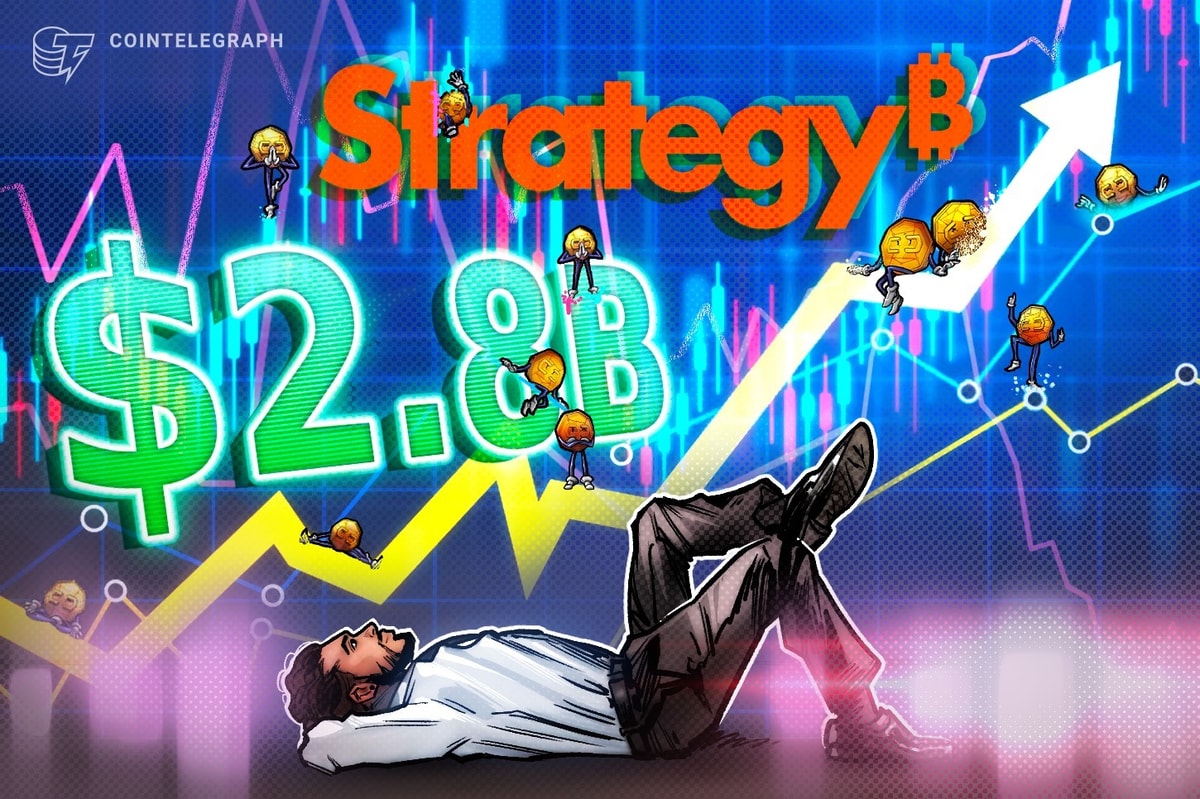Market perspective is essential in avoiding investing mistakes. With the media constantly pushing a “Markets In Turmoil” narrative, it’s no wonder that investor sentiment recently reached some of the lowest levels since the financial crisis. The following chart is the z-score of the retail and professional investor sentiment composite index of bullish sentiment.
Notably, we are in one of the longest stretches of more extreme bearish sentiment outside structural bear markets. (Read for more detail and an explanation of the difference between event-driven corrections and structural bear markets.)

Of course, given the recent market decline and the surge in “bearish” media-driven narratives, it is unsurprising that bearish sentiment has risen. However, this is where investors start making mistakes in their investment process.
As noted, we are in one of the most extended stretches of bearish sentiment outside a structural bear market. The difference between event-driven corrections and structural bear markets is crucial to understand. However, extremely negative investor sentiment and positioning are the hallmarks of the end of corrections and bear markets. To wit:
In other words, historically speaking, the death cross, more often than not, is a potential contrarian indicator. The difference between whether the death cross is a shorter-term corrective process or a larger “bear market” decline depends mainly on whether the cause of the market decline is “event-driven” or “structural.” This context is important when examining the current decline and triggering of the “death cross.”
The chart below shows the difference in the length of “event-driven” versus “structural” corrections, signified by the triggering of the “death cross.” The dot.com and financial crisis periods were structural events, as significant corporate failures and credit-market dislocations occurred amid deep economic contractions. However, outside of those two significant structural impacts, all other “events” were short-lived, and markets soon recovered.”

This is because when sentiment is the most bearish and the markets trigger longer-term sell signals, much of the selling has already been exhausted. Nonetheless, now that we are constantly connected to financial media, we are inundated with headlines designed to get “clicks” more than delivering real news.
noted that investor psychology is the most significant driver of investing failure over time. This cycle of human emotions is continually repeated through investment cycles.
While many behavioral biases significantly negatively impact investor outcomes, from herding to loss avoidance to confirmation bias, “anchoring” is one of the most important.
The Anchoring Problem
“Anchoring is a heuristic revealed by behavioral finance that describes the subconscious use of irrelevant information, such as the purchase price of a security, as a fixed reference point (or anchor) for making subsequent decisions about that security.” – Investopedia
“Anchoring,” also known as the “relativity trap,” is the tendency to compare our current situation within the scope of our limited experiences. For example, I would be willing to bet that you could tell me exactly what you paid for your first home and what you eventually sold it for. However, can you tell me exactly what you paid for your first soap bar, hamburger, or pair of shoes? Probably not.
The reason is that the home purchase was a major “life” event. Therefore, we attach particular significance to that event and remember it vividly. If there was a gain between the purchase and sale price of the home, it was a positive event, and therefore, we assume that the next home purchase will have a similar result. We are mentally “anchored” to that event and base our future decisions around very limited data.
Today, investors are trained by the financial media to “anchor” to a fixed point in the market. Such is why investors consistently measure performance, relative to the market, from January 1st to December 31st. Or, worse, we measure performance from the peak of an advance. For example:
The market is up 140% from the March 2020 lows.
The market is down 10% from the 2025 peak.
Or, the market is down 6% for the year.
The problem is that most investors did not buy the 2020 bottom or sell the 2022 peak. However, one of the most significant forms of anchoring is portfolio “high water marks.” The high water mark is the peak value of an investor’s portfolio over a given time frame. For example, at the market’s peak in 2025, an investor had a portfolio value of $1,000,000. During the recent market correction, the portfolio value declined to $950,000. While that $50,000 loss is significant and is certainly concerning for that investor, it must be put into the context of what is happening in the markets.
First, before the correction that started in February, the market had rallied nearly 5%. Therefore, our example investor started the year with a portfolio value of roughly $960,000 that grew to $1,000,000.
Secondly, while the $50,000 decline is significant, the investor is “anchored” to the portfolio’s high-water mark.
As noted above, the market is down 6% for the year, but the investor is at roughly the same level as he started this year.
In other words, the portfolio return is roughly a loss of 1% versus a market decline of 6%.
Yes, a decline of $50,000 is significant, but these “anchor” points provide little perspective for the average investor regarding their relative position to their financial goals. However, these “anchors,” tied to constant media updates, feed our emotional decision-making processes driven by “greed” or “fear.”
Let’s take a look at an example:
As of Friday’s close, the market is down 10% from its all-time high.
As we warned about several times in 2024 and early this year, when a 10% correction eventually came, it would “feel” worse than it was because of the long period of low volatility.
Yes, it feels terrible. However, investors are now focusing on that “high-water mark.”
But this is the goal of the Wall Street marketing machine. Getting you to focus on current gains or losses creates a “sense of urgency” for you to do something. Why?
“Money in motion creates fees and revenue for Wall Street.”
Therefore, pushing you to take action may not necessarily be “profitable” for you, but it IS profitable for Wall Street.
Changing Your Anchor Point
To reduce your “emotional action button,” step back and change your “anchor” point.
If your portfolio is down 10% from the recent peak, ask yourself two questions:
Am I losing money? Or,
Is my portfolio still aligned with my investing goals?
If my goal is to average a 6% annualized return, where am I today relative to that goal? The issue of using the “high-water mark” as the “anchor” is that it resets psychologically to measure our performance from that level. Therefore, we should look back at where we were on a trailing one-year basis. If our goal was 6% a year, we almost doubled that goal over the last 12 months. All of a sudden, the recent decline doesn’t seem as significant.
However, let’s assume an investor was unlucky enough to have bought the market’s peak before the pandemic’s onset. Despite the pandemic shutdown, surging inflation, fears of recession, the Russia/Ukraine war, and every negative headline, the portfolio is still 63% higher. In other words, the portfolio has an annualized return of roughly 12%, double what was required to meet the needed financial goals.
The point here is that where you choose to “anchor” your analysis will significantly affect your emotional psychology when managing your money.
Yes, there has been a lot of volatility this year, but if I “anchor” my view to a longer-term time frame, the recent volatility is much less concerning.
Market perspective is essential.
Stick To Your Process
Does this mean you shouldn’t pay attention to your money or take action when things go wrong? Of course, not.
With the media fueling our fears 24/7, from “Fear Of Missing Out” to “Fear Of Losing It All,” it is difficult not to let our emotions get the better of us. However, “anchoring” our market perspective to a previous high-water mark or portfolio dollar value exacerbates our fragile emotional states.
In the “heat of the moment,” it is easy to get caught up in the emotional pull of markets and portfolio valuation changes. This past weekend’s discussed the requirement of being more like Dr. Spock from Star Trek when managing your money.
“If I ask you what’s the risk in investing, you would answer the risk of losing money.
But there actually are two risks in investing: One is to lose money, and the other is to miss an opportunity. You can eliminate either one, but you can’t eliminate both at the same time. So the question is how you’re going to position yourself versus these two risks: straight down the middle, more aggressive or more defensive.
How do you avoid getting trapped by the devil? I’ve been in this business for over forty-five years now, so I’ve had a lot of experience.
In addition, I am not a very emotional person.In fact, almost all the great investors I know are unemotional. If you’re emotional then you’ll buy at the top when everybody is euphoric and prices are high. Also, you’ll sell at the bottom when everybody is depressed and prices are low. You’ll be like everybody else and you will always do the wrong thing at the extremes.” – Howard Marks
We all make “bad choices,” and we need guidelines to maintain our market perspective.
A sizable contingent of investors and advisors has never experienced a real bear market. After a decade-long bull market cycle fueled by central bank liquidity, mainstream analysis believes the markets can only go higher. What has always been a concern to us is the rather cavalier attitude toward risk that the media promotes.
“Sure, a correction will eventually come, but that is just part of the deal.”
What gets lost during bull cycles, and is always found most brutally, is the devastation caused to wealth during inevitable declines.
Therefore, it remains essential to follow your investment discipline. If you don’t have a process, here are the guidelines we follow during tough markets.
7 Rules To Follow
Move slowly. There is no rush to make dramatic changes. Doing anything in a moment of “panic” tends to be the wrong thing.
If you are overweight equities, DO NOT try to fully adjust your portfolio to your target allocation in one move. Again, after big declines, individuals feel like they “must” do something. Think logically above where you want to be and use the rally to adjust to that level.
Begin by selling laggards and losers. These positions were dragging on performance as the market rose and they led on the way down.
If you need risk exposure, add to sectors or positions performing with or outperforming the broader market.
Move “stop-loss” levels up to recent lows for each position. Managing a portfolio without “stop-loss” levels is like driving with your eyes closed.
Be prepared to sell into the rally and reduce overall portfolio risk. You will sell many positions at a loss simply because you overpaid for them to begin with. Selling at a loss DOES NOT make you a loser. It just means you made a mistake. Sell it, and move on with managing your portfolio. Not every trade will always be a winner. But keeping a loser will make you a loser of capital and opportunity.
If none of this makes sense to you, please consider hiring someone to manage your portfolio for you. It will be worth the additional expense over the long term.
Keep your market perspective in check, avoid anchoring, and focus on your investment goals rather than market volatility.
I hope this helps.


























